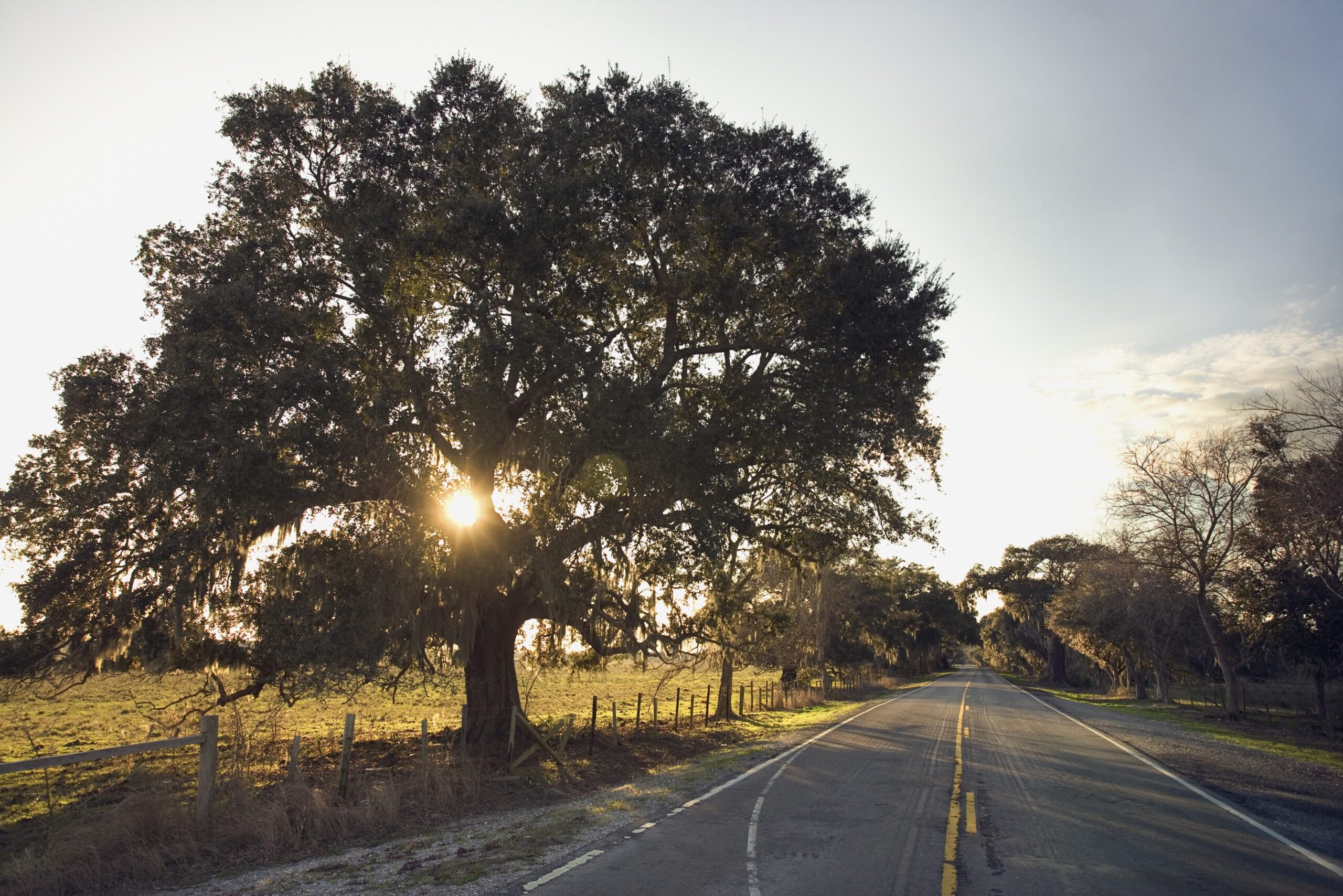
CTF Highlights from the Field: August & September 2021
September 27, 2021
As summer officially draws to a close, Connect the Future remains focused on educating federal and state lawmakers, policymakers, and other stakeholders around the importance of dismantling the barriers that inhibit broadband deployment from reaching the unserved rural homes, businesses, and schools that need it most. This begins with reforming the process of accessing utility poles.
National
- The Schools, Health & Libraries Broadband (SHLB) Coalition recently filed its Pole Attachment Principles with the FCC, requesting that the Commission advance a rulemaking proceeding to address the current utility pole access issue. Within the filing, SHLB noted its new framework that aims to streamline and guide fairer pole attachment and replacement policies. Read the full petition and all ten of SHLB’s “pole principles” here.
- Executive Director of the National Rural Education Association Dr. Allen Pratt penned an opinion piece emphasizing the urgent need to provide every rural student with access to reliable, high-speed broadband. In the piece, he mentions the recent Senate passage of the bipartisan infrastructure bill that included a $65 billion investment in broadband but emphasized that it will require much more than just money to increase connectivity across the country. In particular, he highlighted the need for pole access reform. Read the full opinion in Morning Consult here.
Kentucky
- The Kentucky Public Service Commission (PSC) recently issued new pole attachment regulations after receiving public comments from hundreds of concerned Kentuckians – including House Speaker David Osborne, State Senate President Robert Stivers, State Senate Majority Leader Damon Thayer, and State House Majority Whip Chad McCoy (Read comments here) – on the need for reform of existing pole attachment processes to advance greater access to utility poles to help accelerate broadband deployment in rural Kentucky.
- The PSC’s new pole attachment regulations will provide broadband providers with greater certainty in efforts to attach broadband infrastructure to utility poles. The PSC’s new measures include adoption of the FCC’s overlashing rules and an improved definition of terms used to define the apportionment of costs between pole owners and broadband attachers for “red-tagged” poles. This will help create a more level playing field in allocating costs between pole attachers and pole owners when poles need replacing – a significant win for CTF’s supporters and all rural Kentuckians who are still awaiting access to reliable, high-speed broadband. More information about the PSC’s finalized rules to come.
- The Commonwealth of Kentucky issued a recent request for proposals (RFP) for an initial $50 million in funding being made available broadband providers by April 2022 as part of a new grant program intended to help expand broadband access to ‘last-mile’ regions of the state. Additionally, the Kentucky Public Service Commission (PSC) just finalized rules for broadband providers to access utility poles. CTF Kentucky released a statement highlighting the critical importance of the PSC’s actions to ensure the first $50 million in grant funds, as well as future funding cycles utilizing the remaining $250 million in broadband support, are deployed quickly and broadly to as many unserved homes, businesses, and communities as possible. Read the entire statement here.
North Carolina
- Western Carolina University Professor of Economics and Director of the Center for the Study of Free Enterprise Edward J. Lopez, along with noted utility poles expert Patricia Kravtin, recently published a new study examining one of the main barriers that inhibit fast broadband infrastructure deployment to connect more North Carolinians. “Utility Pole Policy: A Cost-Effective Prescription for Achieving Full Broadband Access in North Carolina,” shows that the unclear and inconsistent regulations around attaching to utility poles are creating these barriers.
- Professor Lopez summarized the report’s findings in a new opinion piece published in WRAL TechWire. Read the full piece here.